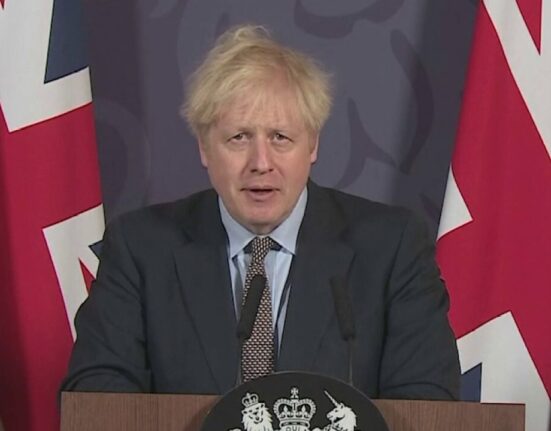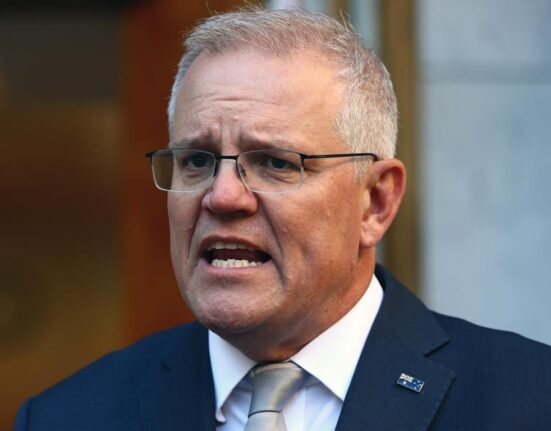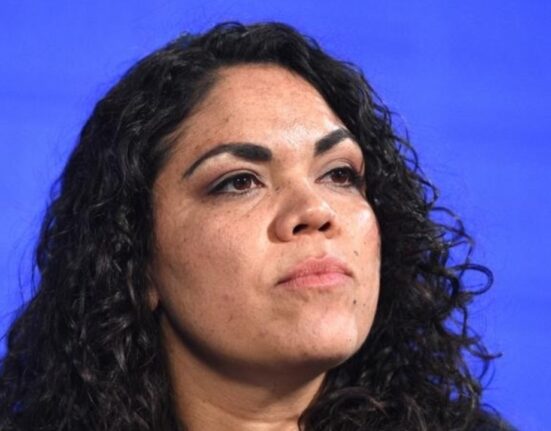Before the age of AI billionaires justifying the continuance of fossil fuel usage to develop climate-solving AI, economic modelling was already paving the way. The debate around balancing environmental concerns with technological progress has sparked controversial viewpoints.
Techno-futurist Eric Schmidt presented a bold argument about burning oil, gas, and coal being justified in creating an AI solution for climate change. He emphasized that investing in AI technologies now would pave the way for a cleaner and more efficient future. This sentiment reflects a growing trend of reliance on technology to combat environmental challenges.
The faith in technology to address climate issues is not new and has permeated influential circles. Figures like Bill Gates and Jeff Bezos have invested significant resources in developing AI as a supposed “climate solution.” However, this approach raises concerns about its actual impact on reducing carbon emissions and water use, especially considering the energy demands of data centers and AI applications by fossil fuel industries.
In the realm of economic modelling, governments and businesses have long used complex spreadsheets to support their policy decisions. These models are seen as precursors to today’s advanced machine learning algorithms and large language models. They offer a simplified view of complex scenarios but can be manipulated to serve specific interests.
Drilled documents shed light on Australia’s historical reliance on economic modelling through agencies like ABARE. This agency underwent transformations from providing basic statistics to catering to industries like resource extraction. The shift towards minerals from agriculture marked a significant change in ABARE’s focus, aligning with industry demands for tailored economic analyses.
The agency faced budget constraints which prompted innovative revenue-generating strategies, such as charging for previously free publications and forging closer ties with industry partners. These financial arrangements significantly influenced ABARE’s research direction towards serving the interests of powerful resource companies over smaller agricultural entities.
Under Brian Fisher’s leadership, ABARE ventured into developing its own model – MEGABARE – with a focus on understanding the implications of climate policies on Australia’s economy. Fisher adeptly marketed modelling as a tool to tackle uncertainties surrounding climate action by estimating costs associated with reducing greenhouse gas emissions.
One key study cited by ABARE highlighted cost implications of addressing climate change within Australia’s energy sector. This analysis became instrumental in shaping national discourse around costly climate actions, influencing subsequent policy decisions related to emission reductions.
Collaborations between ABARE and government departments like DFAT aimed at using MEGABARE results to inform Australia’s negotiating stance in international climate agreements reflected strategic efforts to safeguard national economic interests linked with fossil fuels production.
The leaked early draft report triggered public scrutiny over perceived biases towards coal industry funding, tarnishing ABARE’s credibility temporarily but leaving lasting impacts on Australian climate policy narratives rooted in economic modelling forecasts.
While historical contexts shape current debates around AI-driven solutions for climate challenges, experts caution against overlooking underlying political agendas driving both economic models’ outcomes and modern AI developments.









Leave feedback about this